Cruise ships are amazing things. They’re hotels, restaurants, bars, gyms, pools, shopping centers and entertainment complexes rolled into one – all while floating in the middle of the ocean. I mean, when it comes to technology, planes are cool, but cruise ships are also pretty high up there in terms of technological advancement.
They’re expensive, too. A high-end cruise liner can cost well over $1 billion nowadays. And the price to build them keeps getting higher as cruise lines try to outdo each other in terms of amenities, with offerings such as roller coasters, bumper cars, FlowRiders, near full-scale Broadway shows, and the list goes on and on.
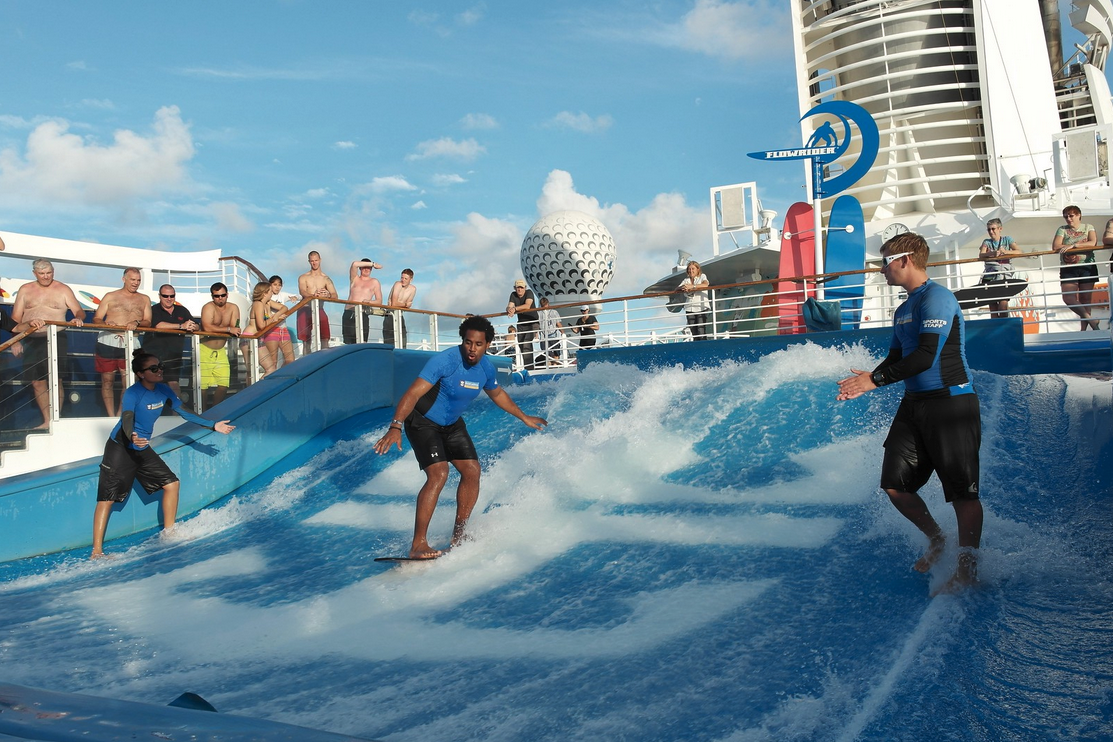
PC: Roderick Eime / flickr / CC BY-ND 2.0
Unfortunately, nothing gold can stay (thanks, Robert Frost), especially when cruise lines are constantly looking to better themselves. Fortunately, there’s always the secondary market – a ship that might be considered beyond the ability to properly upgrade it for the likes of Royal Caribbean or Celebrity can be sold to a smaller ship line to be refurbished and rebranded.
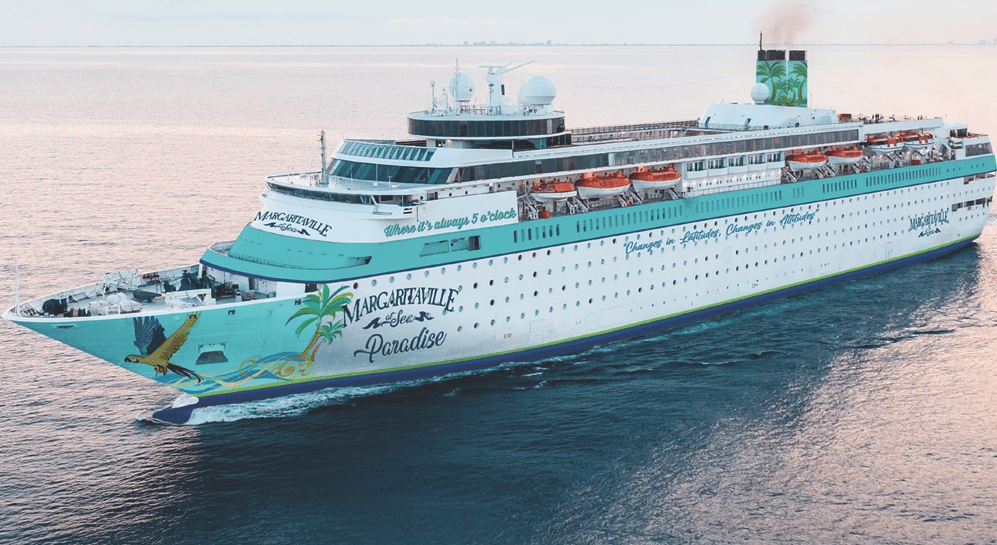
PC: Margaritaville at Sea // Margaritaville Paradise is the former Bahamas Paradise Cruise Line’s vessel, Grand Classica
However, all cruise ships are eventually aged out of the ability to make them better or more viable – usually after about 20 or 30 years. So just like airplane graveyards, there are cruise ship graveyards around the world. Some of them include:
- The Chittagong Ship Breaking Yard in Faujdarhat, Bangladesh
- The Alang Ship Breaking Yard in Alang, India
- Gadani Ship Breaking Yard in Gadani, Pakistan
- The Aliağa Ship Recycling Yard in Aliağa, Turkey
- 34South, in South Africa, the first green ship recycling center in Africa, is planned to open this year
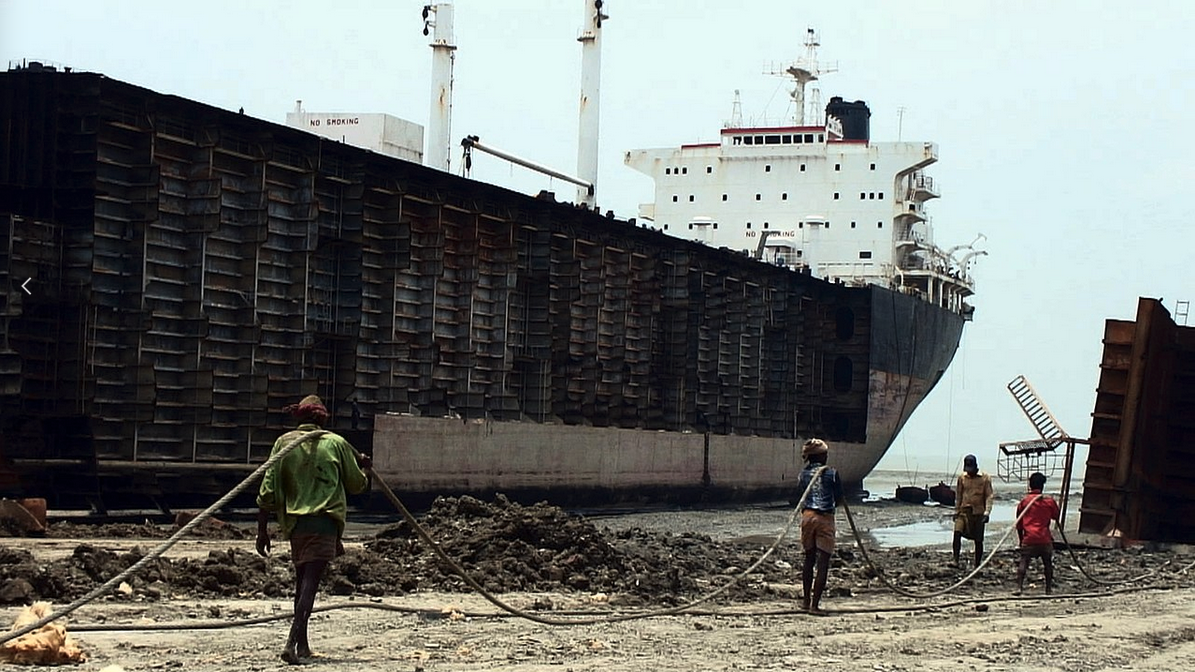
PC: / Wikipedia / CC BY-SA 2.0
But because the ships are so expensive to build and are so huge, they don’t just sit and languish; there’s a lot of money invested in them, there’s the environment to consider, and the things are huge. You can only store “so many” full-sized cruise ships.
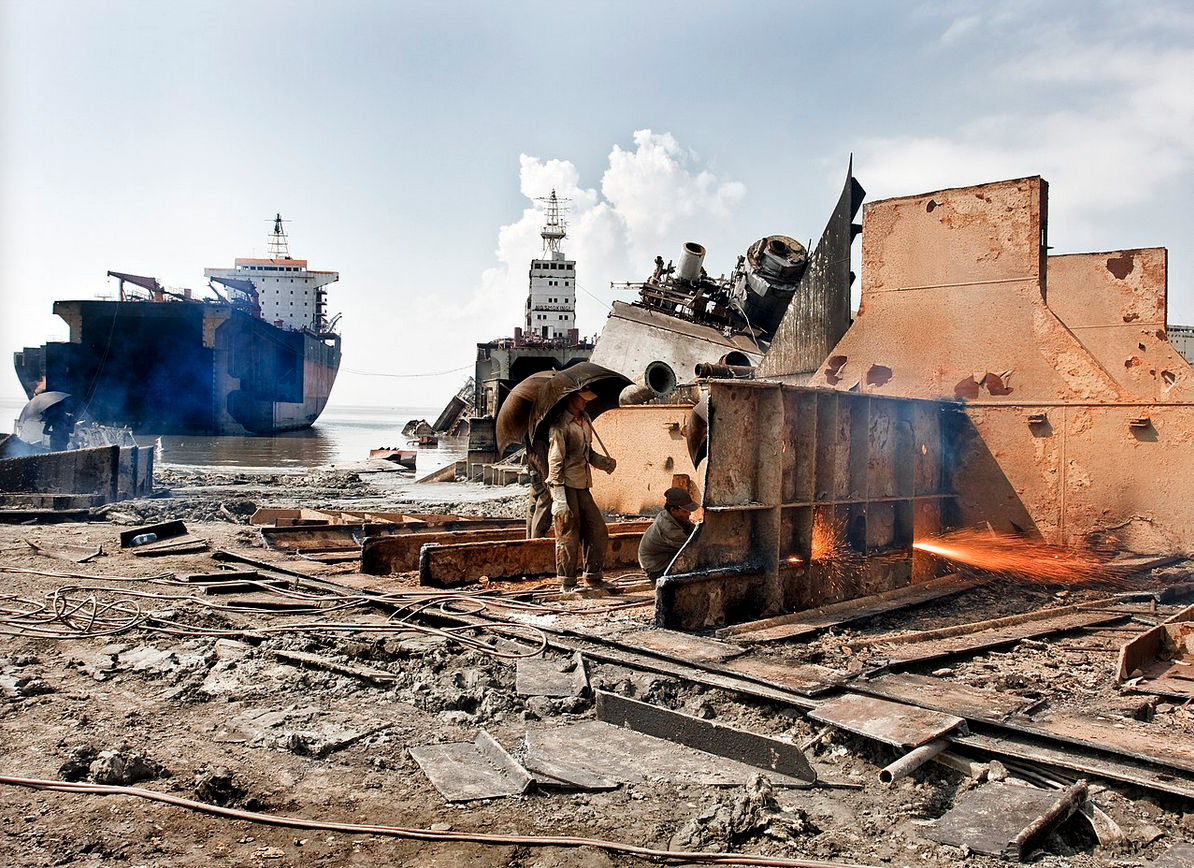
PC:
How cruise ships are dismantled
Once de-commissioned, the first thing that’s done is the easiest part – removing all the pieces that can be sold and used in other places. Furniture. Artwork. Electronics. Flooring. Chandeliers. Kitchen equipment.
Then all hazardous materials are removed. This includes fuel and any mercury, hydrocarbons, heavy metals, etc.
After they’ve salvaged everything they can, the unused ships are ripped apart for, well, parts. The practice is called “ship breaking.” Locals are hired to scale the massive ships (which are grounded). Then they’ll use tools to cut away pieces of the vessel to sell as scrap metal and other materials locally. It’s a very dangerous job, and deaths aren’t rare.
There are some great photos from late 2020 of a cruise ship graveyard in Turkey at this site. Business Insider also showed some great photos from that time. And the Courier Mail has photos and video, as well.
It takes about 8 months to rip a ship apart. But it’s worth it – materials alone can garner upwards of $4 million.
Not all ships go to graveyards
Some cruise ships don’t go to graveyards.
Queen Elizabeth II is a good example of that. Built by the Cunard line, she was used as both a transatlantic liner as well as a cruise ship between 1969 and 2008. She was sold and subsequently changed hands several times until she was refurbished and became a floating hotel in Dubai in 2018.
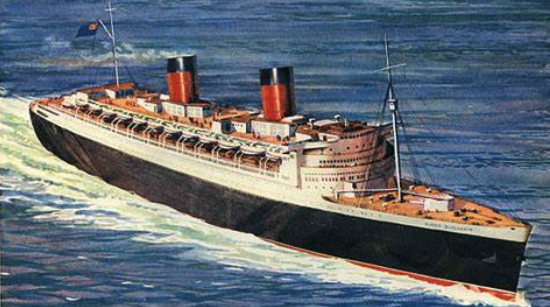
Queen Elizabeth 2 (Public Domain)
The Queen Mary is another former cruise ship that’s been reinvented as a floating hotel, this one in Long Beach, CA. Holland America’s old Rotterdam ship is also a hotel in the Netherlands.
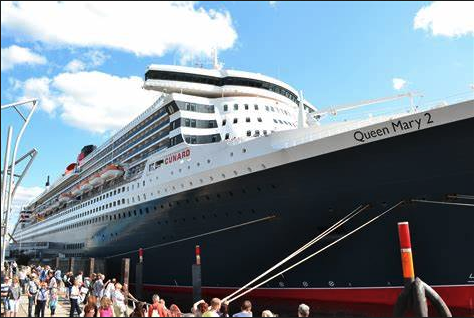
Queen Mary 2 (Public Domain)
Other no-longer-in-use cruise ships travel around the world as temporary housing, called “floatels,” during long-term projects.
Can you visit cruise ship graveyards?
Although many plane graveyards are no longer open to the public, aviation geeks are glad that a handful still are.
Unfortunately, none of the cruise ship graveyards are open to the public (the one in Bangladesh used to be a tourist attraction but closed its doors to visitors due to safety problems). Like some of the plane graveyards, ship graveyards will occasionally offer tours, but only on days when little to no work is being done at the facility.
H/T: DMARGE, Cruise Hive, Cruise Critic, Business Insider, National Geographic
Feature Photo: Google maps
Want to comment on this post? Great! Read this first to help ensure it gets approved.
Want to sponsor a post, write something for Your Mileage May Vary, or put ads on our site? Click here for more info.
Like this post? Please share it! We have plenty more just like it and would love it if you decided to hang around and sign up to get emailed notifications of when we post.
Whether you’ve read our articles before or this is the first time you’re stopping by, we’re really glad you’re here and hope you come back to visit again!
This post first appeared on Your Mileage May Vary
